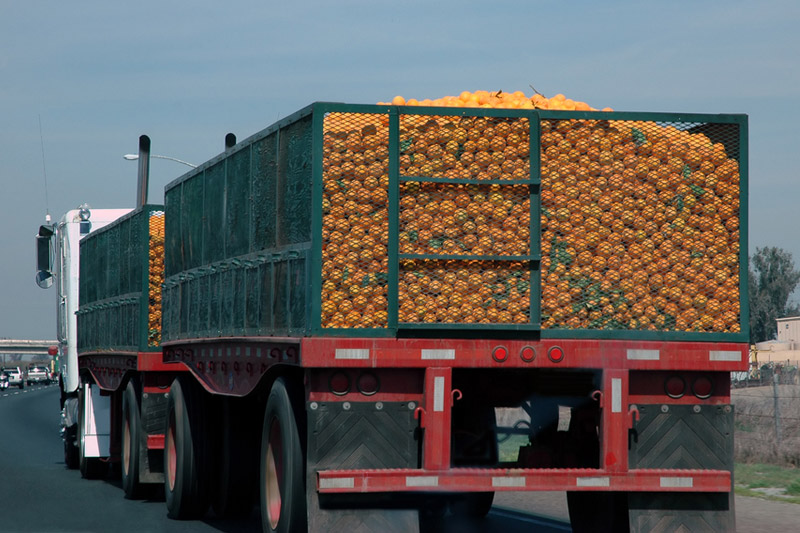(Repeats earlier story with no change in text)
By Colin Packham
SYDNEY, March 27 (Reuters) - A tiny fruit fly is undermining Australia's efforts to grow its $3 billion fruit and vegetable exports, despite the country reaching a series of free trade agreements with its largest trading partners in Asia.
Australia sealed trade agreements with China, Japan and Korea last year - deals that guaranteed a significant reduction in tariffs for agriculture produce - and were heralded as a catalyst for rapid expansion in exports.
The tariff cuts have pushed sales of agriculture produce to all-time highs, but difficulty obtaining biosecurity permits - so called phytosanitary protocol agreements - means many fruits in particular cannot be sold into markets like China, making free trade agreements often meaningless, industry executives say.
"Phytosanitary protocol agreements are the biggest hurdle we have to overcome to get our products into markets like China," said Annie Farrow, Industry services manager at the industry body, Apple (NASDAQ:AAPL) and Pear Australia.
Australia's fruit and vegetable exports make up about 10 percent of the country's $30 billion in agriculture exports, but are being targeted for rapid growth as the country tries to transition its economy away from a slowing mining sector.
While biosecurity hazards pose problems for all agricultural produce in accessing major markets like China, horticulture is seeing the greatest obstacles due to the Queensland fruit fly, known scientifically as Bactrocera tryoni and found across Australia's mainland.
Only a handful of products - including citrus and table grapes - can be sold into China. Sales of other fruit such as apples, cherries and oranges to markets such as Japan and Korea is heavily restricted because of concerns about the possible transfer of the pest, whose larvae feed on ripening fruit and cause it to rot.
GROWING MARKET
While mainland Australia has struggled, the southern island state of Tasmania is free from the fruit fly and has sealed a raft of agreements to sell to Asia's largest economies - demonstrating the cost of the pest.
Tasmania's fruit and vegetable exports jumped 44 percent in 2016 to nearly A$100 million ($75 million) and are expected to grow rapidly again this year, outpacing national growth of 32 percent, according to data from the Australian Bureau of Statistics.
Australia's Plant Biosecurity Cooperative Research Centre last year estimated the cost of fruit fly at A$300 million a year in control and due to lost markets, but that does not include the potential of growing the industry.
"The lack of required phytosanitary agreements are a huge constraint for higher growth," said Phin Ziebell, agribusiness economist with the National Australia Bank. "These agreements can take many years to obtain."
Negotiations are underway with potential buyers to overcome the problem, with talks centring on ways to transport fruit that ensures any flies will be killed but the produce remains fresh.
Some methods include irradiation, which can work for fruits such as cherries, or keeping produce such as apples at near freezing temperatures.
Securing an agreement, however, can be a long-drawn out process. Australia and China last year sealed a deal for the export of live cattle to China, but only after 10 years of talks, and horticulture growers are pessimistic. think it is extremely unlikely that we are going to see a breakthrough to see mainland cherries into China this year. It is intensely frustrating," said Tom Eastlake, farmer and chair of the industry body, Cherry Growers Australia. ($1 = 1.3340 Australian dollars)
<^^^^^^^^^^^^^^^^^^^^^^^^^^^^^^^^^^^^^^^^^^^^^^^^^^^^^^^^^^^ Australian fruit and vegetable exports
http://tmsnrt.rs/1Rjg7mI
^^^^^^^^^^^^^^^^^^^^^^^^^^^^^^^^^^^^^^^^^^^^^^^^^^^^^^^^^^^> (Editing by Richard Pullin)
